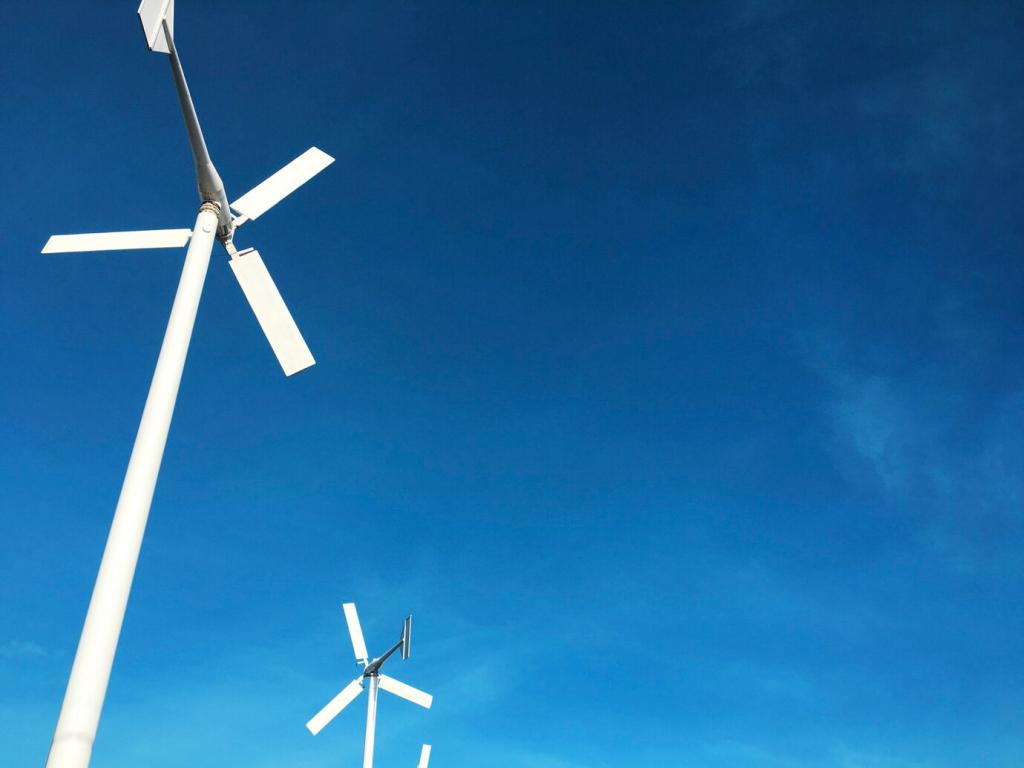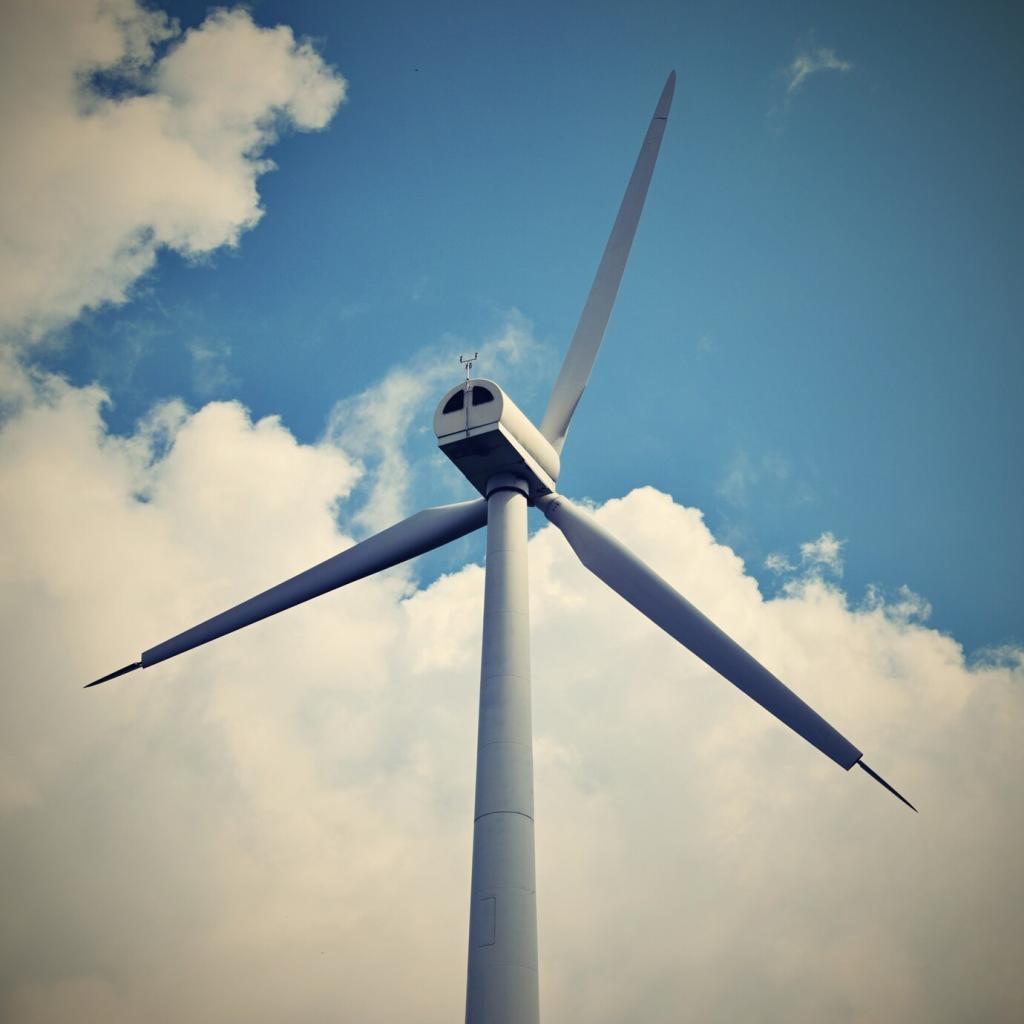Today’s chosen theme: Precision Forestry: The Role of Drones. Explore how aerial intelligence is reshaping forest management—from canopy insights to ground truth—so you can make faster, safer, smarter decisions. Join the conversation and subscribe for weekly, field-tested drone forestry insights.
From Canopy to Chip: How Drones See the Forest
Drone LiDAR produces dense point clouds that separate canopy, midstory, and ground, delivering accurate digital terrain models under foliage. Foresters derive tree height distributions, stem density proxies, and gap dynamics, calibrating with plot data to model volumes without slogging steep, slippery slopes.
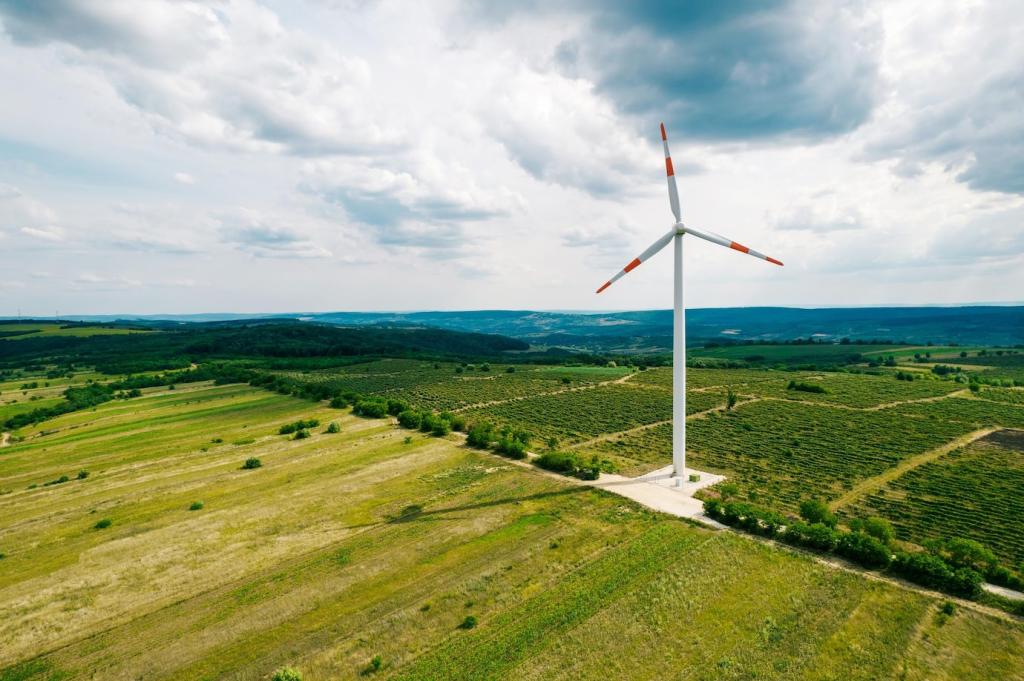
Data to Decisions: Turning Flights into Forestry Actions
Inventory, Stratification, and Yield
Automated stand delineation pairs structure metrics with species signatures to stratify blocks for sampling. With plot-calibrated models, teams estimate volumes and height classes, improving yield forecasts. One crew halved cruising time by targeting variable stands while maintaining confidence in compartment-level totals.

Sustainability and Biodiversity under Drone Eyes
Thermal and high-zoom payloads help locate raptor nests and sensitive wildlife sites so operations can adjust buffers or shift schedules. A contractor in the foothills rerouted harvesting after a quick dawn flight, preserving habitat and community trust without derailing production goals.
Sustainability and Biodiversity under Drone Eyes
Drone DTMs and slope models flag erosion-prone spurs and culvert risk points before rains. Teams set sediment fences, widen buffers, and adjust skid alignments. Post-storm flights confirm effectiveness and document compliance, saving remedial costs and safeguarding downstream communities and fisheries.

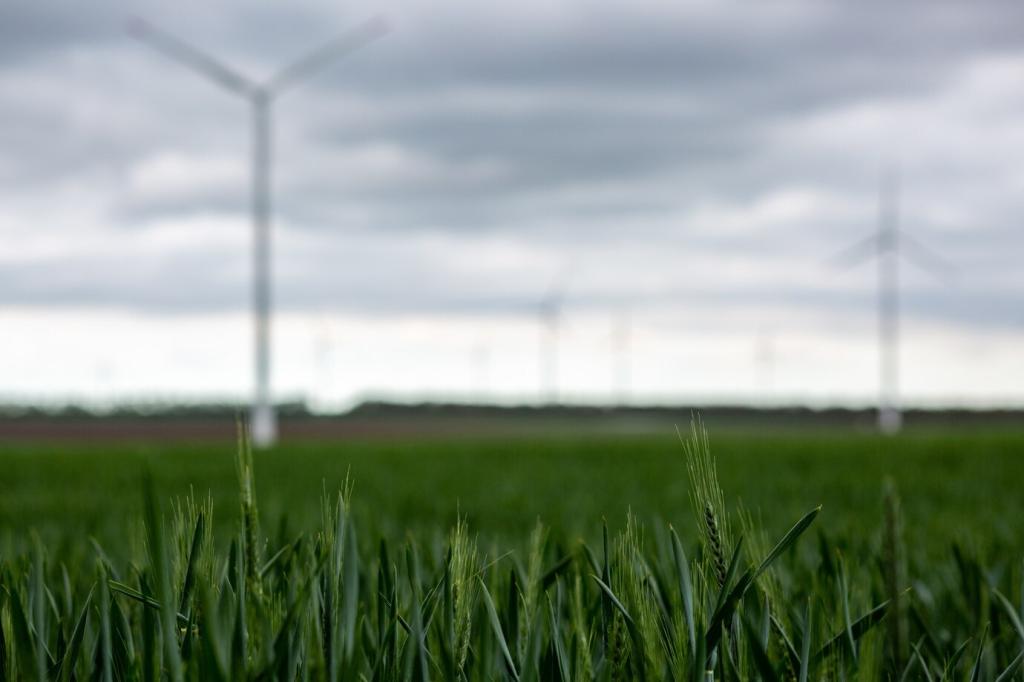
Safety, Ethics, and Regulations in the Forest Sky
Operate under applicable rules like Part 107 or EASA Open/Specific categories, maintain visual line of sight, and plan around airspace advisories. Use checklists, NOTAM checks, geofencing, and lost-link procedures. Terrain-awareness and conservative wind limits protect crews, gear, and bystanders.


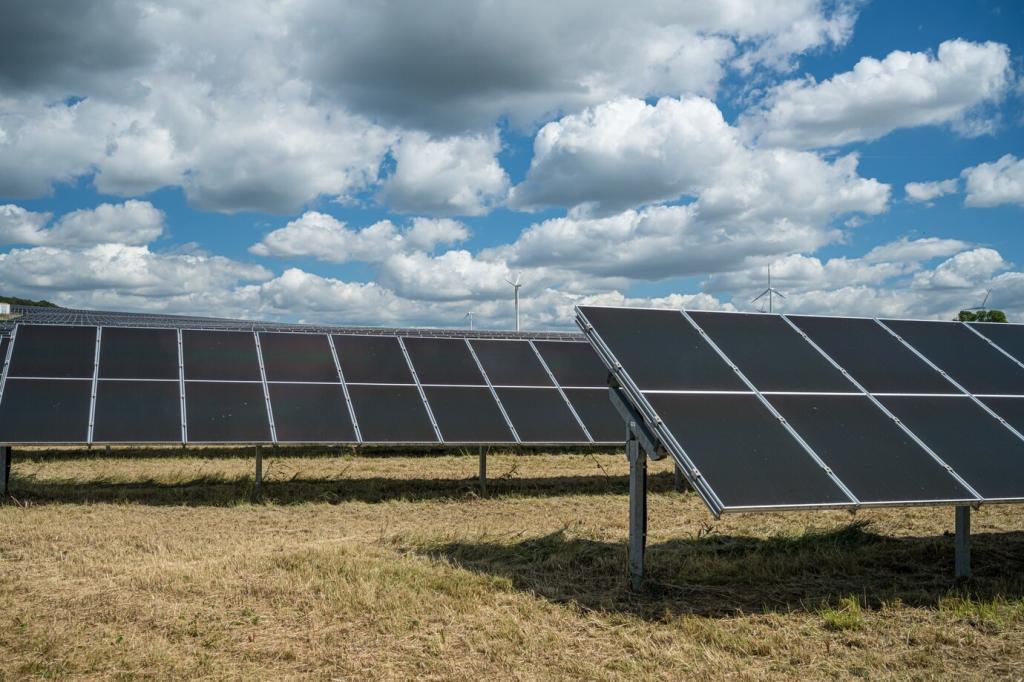
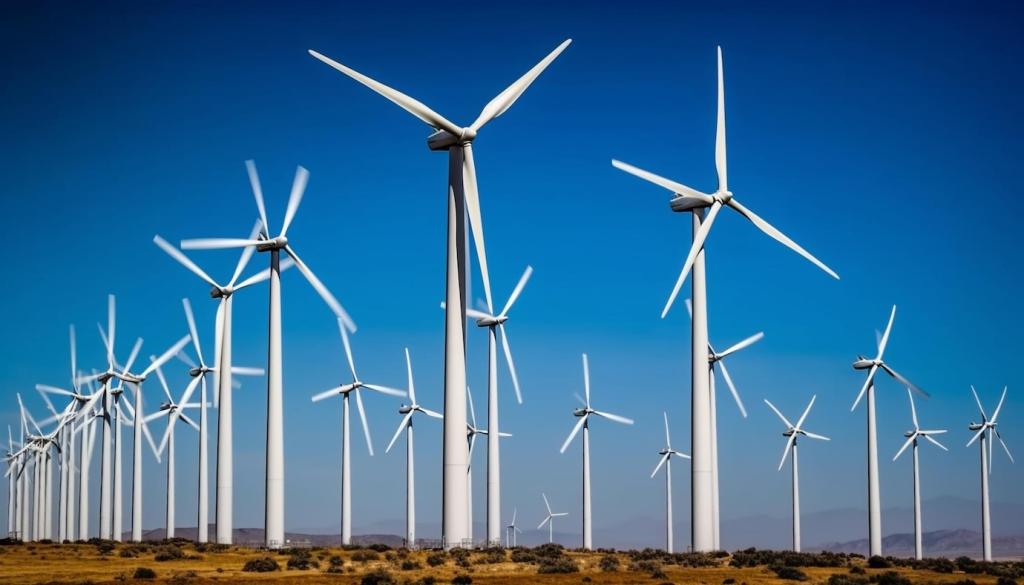
Getting Started: Building Your Precision Forestry Stack
Choosing Airframes and Sensors
Multirotors excel at detailed mapping in tight blocks; fixed-wing systems cover large tracts efficiently. Pair RGB for documentation with multispectral or LiDAR for analysis. Consider swappable payloads, endurance, terrain follow, and vendor support when translating ambitions into reliable daily operations.
Workflow, Battery, and Weather
Standardize checklists, rotate batteries with clear labels, and define wind and gust limits for different payloads. Plan ground control or PPK for accuracy. Terrain-follow missions and overlap settings matter in steep country—practice on small stands before scaling to entire compartments.
Skills, Certifications, and Culture
Invest in pilot training, GIS analysis, and safety leadership. Celebrate small wins—faster inventories, cleaner reports—to build buy-in. Create a feedback loop where operators, foresters, and mill planners refine missions together. Subscribe to get our free skills matrix and training roadmap.
